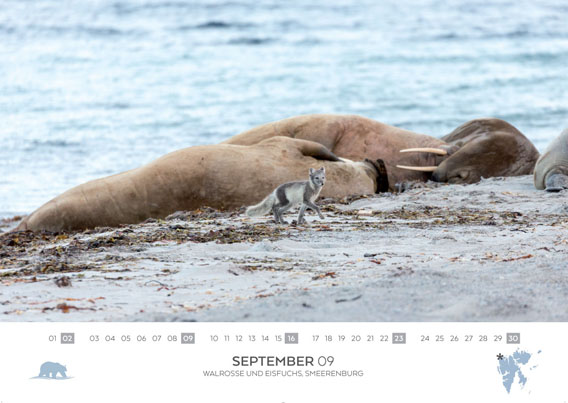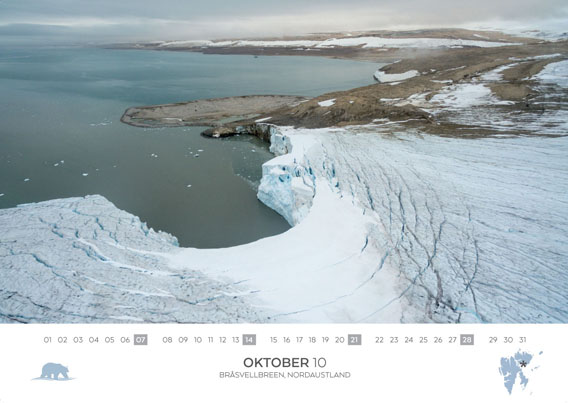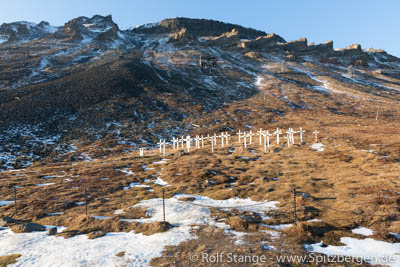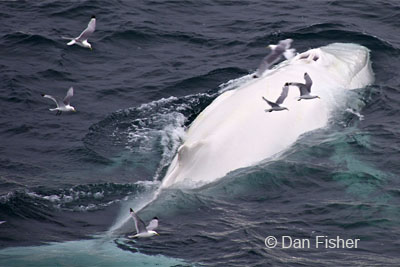-
current
recommendations- Liefdefjord
New page dedicated to one of Spitsbergen's most beautiful fjords. Background information and many photos.
- New Spitsbergen guidebook
The new edition of my Spitsbergen guidebook is out and available now!
- Liefdefjord
New page dedicated to one of Spitsbergen's most beautiful fjords. Background information and many photos.
Page Structure
-
Spitsbergen-News
- Select Month
- May 2025
- April 2025
- March 2025
- February 2025
- January 2025
- December 2024
- November 2024
- October 2024
- September 2024
- August 2024
- July 2024
- June 2024
- May 2024
- April 2024
- March 2024
- February 2024
- January 2024
- December 2023
- November 2023
- October 2023
- September 2023
- August 2023
- July 2023
- June 2023
- May 2023
- April 2023
- March 2023
- February 2023
- January 2023
- December 2022
- November 2022
- October 2022
- September 2022
- August 2022
- July 2022
- June 2022
- May 2022
- April 2022
- March 2022
- February 2022
- January 2022
- December 2021
- November 2021
- October 2021
- September 2021
- August 2021
- July 2021
- June 2021
- May 2021
- April 2021
- March 2021
- February 2021
- January 2021
- December 2020
- November 2020
- October 2020
- September 2020
- August 2020
- July 2020
- June 2020
- May 2020
- April 2020
- March 2020
- February 2020
- January 2020
- December 2019
- November 2019
- October 2019
- September 2019
- August 2019
- July 2019
- June 2019
- May 2019
- April 2019
- March 2019
- February 2019
- January 2019
- December 2018
- November 2018
- October 2018
- September 2018
- August 2018
- July 2018
- June 2018
- May 2018
- April 2018
- March 2018
- February 2018
- January 2018
- December 2017
- November 2017
- October 2017
- September 2017
- August 2017
- July 2017
- June 2017
- May 2017
- April 2017
- March 2017
- February 2017
- January 2017
- December 2016
- November 2016
- October 2016
- September 2016
- August 2016
- July 2016
- June 2016
- May 2016
- April 2016
- March 2016
- February 2016
- January 2016
- December 2015
- November 2015
- October 2015
- September 2015
- August 2015
- July 2015
- June 2015
- May 2015
- April 2015
- March 2015
- February 2015
- January 2015
- December 2014
- November 2014
- October 2014
- September 2014
- August 2014
- July 2014
- June 2014
- May 2014
- April 2014
- March 2014
- February 2014
- January 2014
- December 2013
- November 2013
- October 2013
- September 2013
- August 2013
- July 2013
- June 2013
- May 2013
- April 2013
- March 2013
- February 2013
- January 2013
- December 2012
- November 2012
- October 2012
- September 2012
- August 2012
- July 2012
- June 2012
- May 2012
- April 2012
- March 2012
- February 2012
- January 2012
- December 2011
- November 2011
- October 2011
- September 2011
- August 2011
- May 2011
- April 2011
- March 2011
- February 2011
- January 2011
- December 2010
- November 2010
- September 2010
- August 2010
- July 2010
- June 2010
- May 2010
- April 2010
- March 2010
- February 2010
- November 2009
- October 2009
- August 2009
- July 2009
- June 2009
- May 2009
- April 2009
- March 2009
- February 2009
- January 2009
- December 2008
- November 2008
- October 2008
- August 2008
- July 2008
- June 2008
- May 2008
- April 2008
- March 2008
- February 2008
- April 2000
- Select Month
-
weather information
-
Newsletter

| Guidebook: Spitsbergen-Svalbard |
Home → October, 2017
Monthly Archives: October 2017 − News & Stories
Longyearbyen cemetery may be moved because of avalanche risk
The cemetery of Longyearbyen has been in a calm part of the valley Longyeardalen for about a century, between the church and Huset, the old town meeting place. It is still an active cemetery, the last burials were in 2013 and there may be more in the future. Only urn burials are allowed, however.
The location of the cemetery is calm, but maybe not calm enough in the long term. The steep mountain slopes nearby have produced avalanches in recent years, mostly landslips after periods of rain, which have reached the terrain around the cemetery. In the last summer, even the road between the church and Huset was closed for prolonged periods. It is probably only a question of time until the cemetery itself is hit and badly damaged.
This is a scenario which Longyearbyen church with priest Leif Magne Helgesen are not willing to accept. Helgesen has taken initiative and started a debate which may lead to a relocation of the cemetery. It is a place of peace and dignity, for which many people have strong feelings, according to Helgesen. He reasons that it would accordingly be irresponsible to leave the cemetery in a place where it may suffer bad damage.
First meetings with authorities like the Sysselmannen, who is responsible for monument conservation, and the local adminstration have taken place. Authorities in Longyearbyen have experience with moving and securing graves from historical graves that are threatened by coastal erosion. Moving a whole cemetery would, however, be a project of an entirely different scale. Also relatives will have to be involved.
A new location would naturally be near the church, which is a quiet part of Longyearbyen and has areas that are not at risk from avalanches and landslides.
The cemetery in Longyearbyen may be moved due to the risk of landslides and avalanches.
Source: Svalbardposten
Spitsbergen-calendar 2018: the stories behind 2 months
The September-page of our Spitsbergen-calendar 2018 …

Spitsbergen-Calender 2018: September. Walrusses and polar fox.
… shows a group of walrusses on the beach at Smeerenburg on Amsterdamøya doing what walrusses do best: sleeping and digesting mussels. While we keep a respectful distance of a good 30 m in order not to disturb the walrusses during their nap, a cheeky polar fox which does not care about regulations and distances runs directly next to the walrusses! Who could not care less about the polar fox.
The polar fox left as quickly and unexpectedly as it came, and only this snapshot remains from the memorable encounter.
And the October-page …

Spitsbergen-Calender 2018: October. Bråsvellbreen, Nordaustland from a bird’s eye view.
… shows Bråsvellbreen. This mighty glacier belongs to the ice cap of Austfonna on Nordaustland. The size is overwhelming, the ice cap has a total area of about 8500 square kilometres! The glacier Bråsvellbreen is only a small part of that. It is well-known for the waterfalls that are cascading down the ice cliff during the melting season. Here, we see it from a bird’s eye perspective!
Click here for more information about the Spitsbergen calendar 2018.
White humpback whale again seen in Svalbard
White humpback whales are a very rare phenomenon. Globally, scientists know of three individuals. Two of them live in Australian waters and a third one in the north Atlantic. The latter one has recently been seen again for the first time in years. First sightings date back to 2004 and 2006, then near the north Norway coast. In August 2012, a white humpback whale was sighted several times east of Spitsbergen. It was most likely the same animal as in 2004 and 2006. No photos are known from those early sightings, but in 2012, a number of amazing shots were taken. Especially noteworthy are those taken by Dan Fisher, mate on the sailing ship Antigua, from the mast of the ship. Due to the high perspective, almost the whole animal can be seen on the photos.
Humpback whales live in all of the world’s oceans. They are usually mostly dark grey to black. The bottom side and parts of the fluke and flippers are partly white. The exact pattern can be used to identify individuals, just like the fingerprint of humans.
Completely white humpback whales are very rare. The unusual colour is usually due to leucism, a partial loss of pigmentation which leads to pale or white colour. Only one of the two white humpback whales in Australia is actually an albino.
Now, there has been a sighting of a white humpback whale in the north Atlantic, the first one since 2012. The whale was seen in late September by scientists on board the research vessel Johan Hjort in eastern Svalbard. This area is often frequented by humpback whales at this time of the year.
White humpback whale in Hinlopen Strait, photographed on August 11 2012 by Dan Fisher.
Source: Havforskningsinstituttet
News-Listing live generated at 2025/May/03 at 12:42:52 Uhr (GMT+1)






























